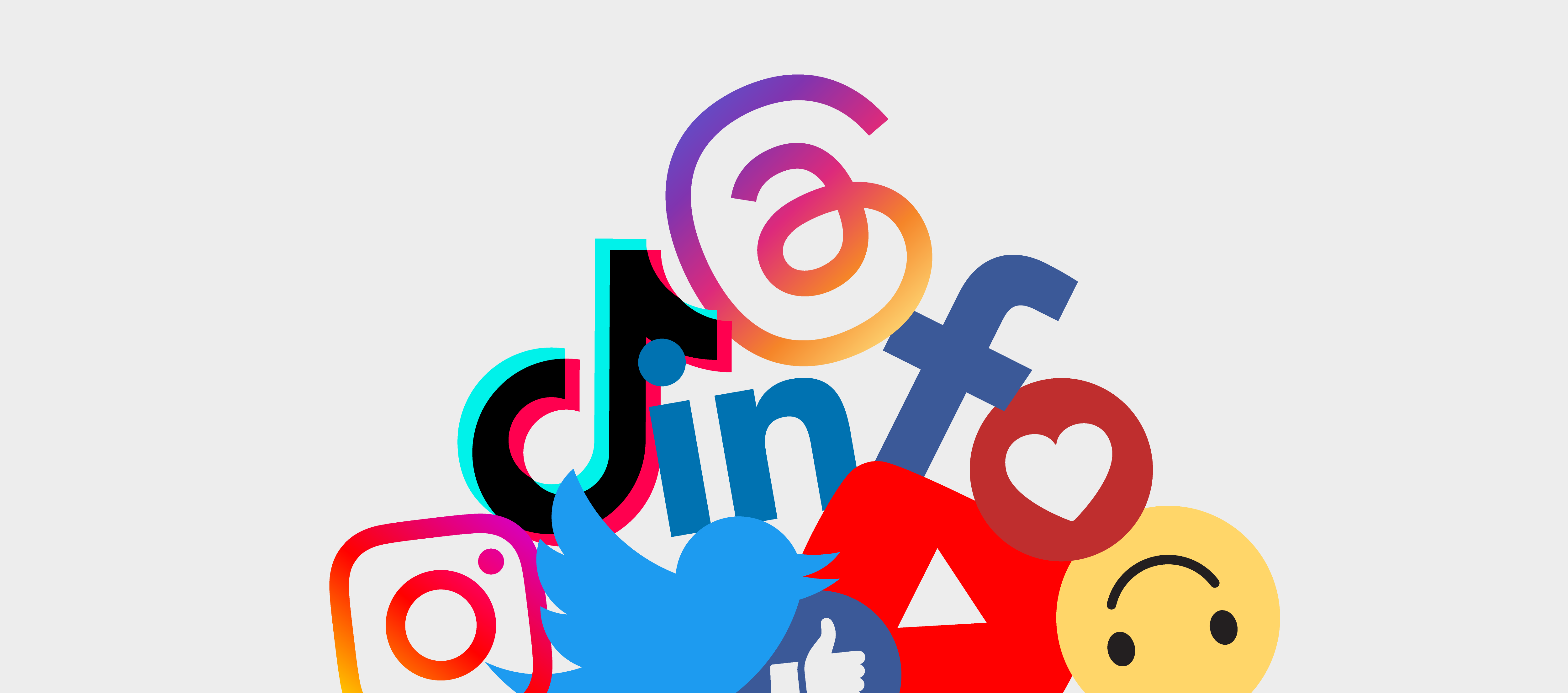The Big Story: Threads Is Already Losing Its Allure for Users, Adding Urgency for New Features – WSJ
“Threads has more time to succeed than other startups because it can continue to invest in the app’s success while it adds features and fixes any issues.”
What’s one more social media platform?
By David Jarrard
3-minute read
Should you invest your precious social media time and treasure in Threads?
No. Absolutely not. You’re already spread too thin.
Well, maybe. Better to grab some land in a land grab, right? You never know.
<Looks at to-do list. Sighs.> Let’s give it another month and see if it still exists.
Threads, of course, is the latest media tesserae in a deeply fragmented communications mosaic pestering you for love (and money) you don’t have to give.
More than 4.5 billion people use a social network (and, we suspect, many are not bots). Three dozen social platforms say they have more than 100 million active users.
Meta’s would-be Musk-buster reaped 100 million users in its first week, then nosed-dived in week two. After all, everyone tries the new restaurant at least once, right? But will they become a regular?
That’s the question. Is Threads the next YouTube or another Mastodon bound for extinction? Or, maybe, Spill is the way to go.
My take? I have no idea. Maybe you don’t either. But we do have some very smart colleagues who do. So today, I’ve asked a trio of them to unravel the topic further.
Like you, I wanted to know:
- Should you use Threads and why?
- How do you choose which social media platforms your organization should use today?
- Bottom line: Which two social platforms should you choose for your organization?
Invest in Threads?
It depends (of course) but, if you do, it should not be a primary focus. At least, not yet.
Meghan McCarthy, AVP, Digital: Maybe. Threads has a relaxed feel so far. It’s not corporate-minded, so only brands comfortable with sharing some personality should be using it. Some of the deficiencies like no hashtags (good for tracking) make it hard to drive anything concrete. If a healthcare provider joins, it should be as a low-stakes awareness and patient engagement play. The early drop-off in engagement is expected as people get over the hype and figure out if it’s something they want to keep using in their daily social media battle. It’s like any other platform: Some people are devoted TikTok users, others hate the platform and never use it. We won’t know what Threads becomes for quite some time.
Tommy Barbee, AVP, Digital: Yes. Everyone should try Threads to understand how people are using it and keep up with general trends in the social media landscape. Typically, the users determine the evolution of the technology, and it’s worth watching that evolution. That said, I wouldn’t invest a dime in it beyond research.
Abby McNeil, VP and Regional Health Systems Practice Lead: Nope. Not worth it. There’s not enough there. Sure, try it and craft your own opinions if you want. But it doesn’t serve a distinct purpose in the market at this point so it’s hard to see what you gain from it. The exception I see is if your reputation is as a first adopter or highly innovative. If you’re known for an ultra-sharp focus on tech tools, it may make sense to join Threads. But it’s hard to see why it would matter for organizations otherwise.
Jarrard Inc. Consensus: Sign up with your own account, maybe ask a couple of colleagues to do the same. Learn how it works, then check in occasionally, particularly when it comes to voices from healthcare and medicine. But don’t lose sleep tonight over building your brand on Threads.
How do you choose between the scores of social media platforms out there?
Barbee: Be ruthless. Follow the data. It will always tell you where your audience is and how to get in front of them. There’s a massive shift happening in social media trends, especially generationally. Only support and invest in the platforms where you have something to say and an audience to say it to.
McNeil: Know your “why.” You need to know why you’re on social media in the first place, what you’re using it for, who your most important target audiences are and what you want each to do as a result of content you are posting.
McCarthy: Don’t join to join. Choose social platforms that are supporting the organization’s strategic goals. Don’t join a new social platform to just join it. It all requires content strategy, time and effort from your social media managers. Use that investment wisely where the resources are most beneficial on platforms that can drive desired outcomes.
Jarrard Inc. Consensus: Don’t wade into any campaign – social media or otherwise – before having a deep understanding of your target audience and your goals. Know who you’re trying to reach and where they hang out online. Be clear why you’re trying to reach them. Only then should you create content to do so and pick the channels to get the word out. Remember, “ruthless prioritization.”
You get two social media platforms. What do you choose?
Barbee: LinkedIn and Meta. If that’s cheating, then I’ll take Facebook. LinkedIn gives the flexibility to reach specific roles and levels of staff with content. Facebook is still so widely used even as a search channel that it’s a necessary evil. The search element is important to keep in mind. YouTube is a massive search engine and has direct access to Google’s SEO. That cannot be understated. Realistically though, video is still difficult for organizations to do, or do well. Facebook still relies so much on location data that if you solely want to “exist” online, having a Facebook page is a bare minimum.
McNeil: LinkedIn and Facebook. I think it makes more sense to be on Facebook from a defensive position than YouTube if you need to simply be present to take up a spot that might otherwise be filled by a competitor.
McCarthy: As a provider organization, you’re typically safe with Facebook and LinkedIn to reach patients and clinicians.
Jarrard Inc. Consensus: Clearly, we think you know how to thread this needle. If not, feel free to chat with our experts. Find us on LinkedIn or, you know, call us.
Contributors: David Shifrin, Emme Baxter,
Image Credit: Shannon Threadgill




